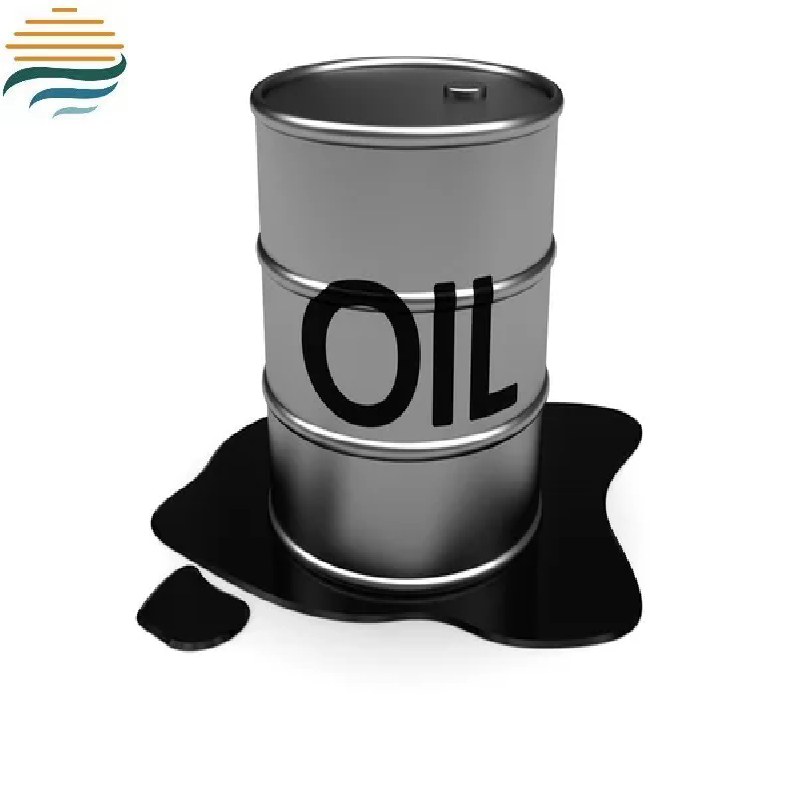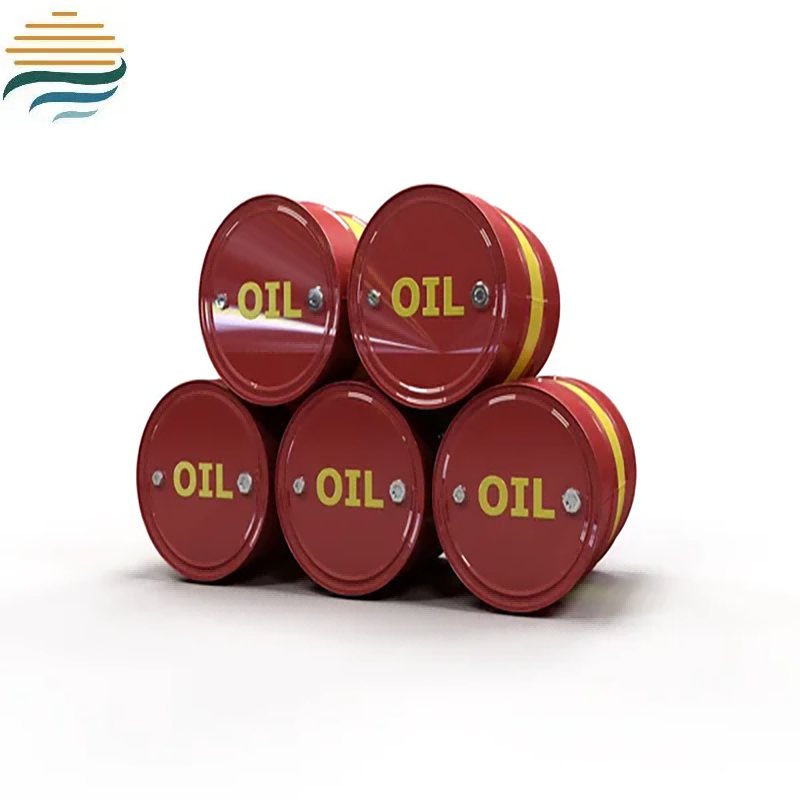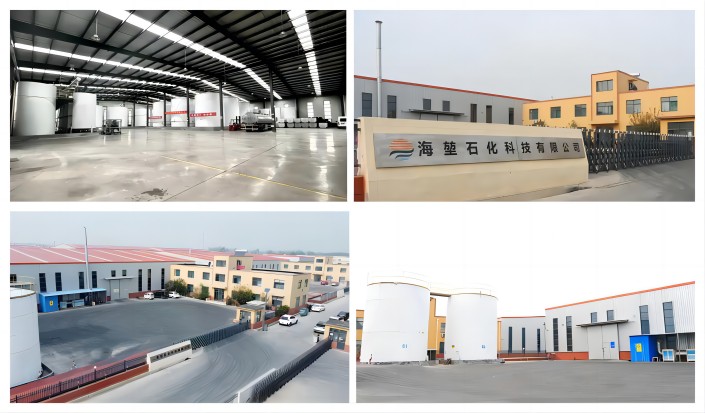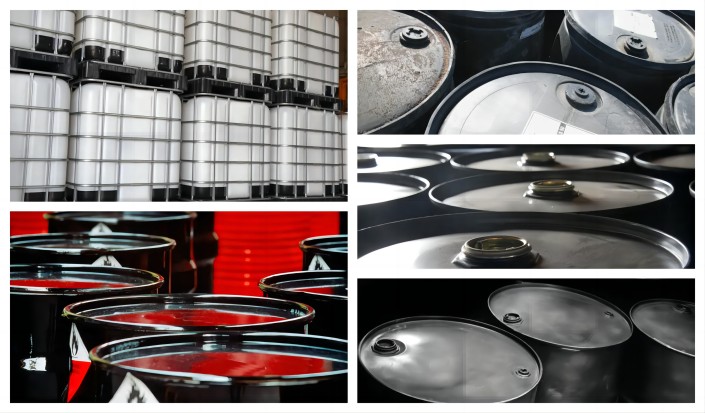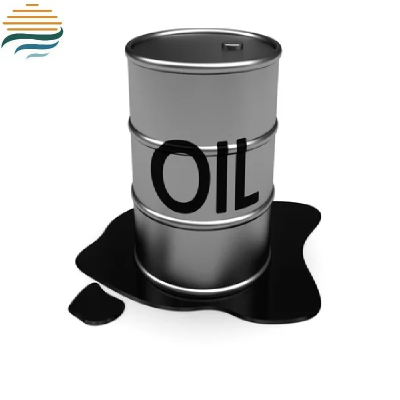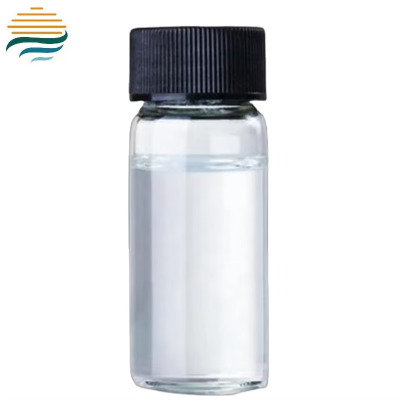Asia Cycloalkane Based Transformer Oil U-10
Extracted from natural petroleum, mineral oil acts as the preferred engineering liquid dielectric in transformers, renowned for its superior insulating qualities and pivotal role in transformer heat dissipation and arc mitigation during operation. Upon arc ignition, the oil swiftly intervenes, cooling the arc drastically to suppress it. Simultaneously, it evacuates heat and gaseous byproducts, rapidly decreasing the voltage gradient in the discharge field, effectively containing the discharge event.
Product Details:Asia Cycloalkane Based Transformer Oil U-10
Crafted exclusively from naphthenic raw materials and formulated without antioxidants, Haikun Naphthenic Transformer Oil boasts exceptional electrical insulation, inherent antioxidant properties, and efficient heat dissipation. It is ideal for insulating transformer grids, industrial transformers, and a range of electrical devices, including rectifiers, breakers, and switches.
PARAMETER:
Sports Event | IEC60296:2020 TVBUs (LCSET-30°C) Quality indicators | Typical properties | Test Methods |
Functional characteristics | |||
Pour Point/°C | ≯-20 | -25 | ISO 3016 |
Kinematic viscosity (40°C)/(mm²/s) | ≯12 | 11.5 | ISO 3104 |
Kinematic viscosity (-30°C)/(mm²/s) | ≯1800 | 1400 | |
Water content/(mg/kg) | ≯30 | 18 | IEC 60814 |
Breakdown voltage/kV | - | - | IEC 60156 |
-Untreated oil | ≮30 | 40-70 | |
-Treated oil | ≮70 | >70 | |
Density (20°C)/(kg/m³) | ≯895 | 889 | ISO 12185 |
Dielectric loss factor (90°C) | ≯0.005 | <0.001 | IEC 60247 |
Refining/stabilizing properties | |||
saturation (color theory) | ≯1.5 | 0.5 | ISO 2049 |
exterior condition | Clear and transparent, no precipitation | Clear and transparent, no precipitation | visual assessment |
Acid value/(mgKOH/g) | ≯0.01 | <0.01 | IEC 62021-1 |
Interfacial tension/(mN/m) | ≮40 | 46 | ASTMD 971 |
corrosive sulfur | non-corrosive | non-corrosive | DIN 51353 |
corrosive sulfur | - | non-corrosive | ASTMD 1275B |
Potentially corrosive sulfur | non-corrosive | non-corrosive | IEC62535 |
DBDS/(mg/kg) | Not detectable (<5) | not detected | IEC 62697-1 |
Antioxidant content/% | Not detectable (<0.01) | not detected | IEC 60666 |
Metal passivator/(mgkg) | Not detectable (<5) | not detected | IEC 60666 |
2-Furfural content and related substances (single component) (mg/kg) | Not detectable (<0.05) | <0.01 | IEC 61198 |
Operational characteristics | |||
Chlorine stability (164h) | - | - | IEC 61125 |
--Total acid value (mg KOH/g) | ≯1.2 | 0.70 | |
-- Oil sludge/% | ≯0.8 | 0.35 | |
--Dielectric loss factor (90°C) | ≯0.500 | 0.040 | IEC 60247 |
1. Market Research Analysis
The Transformer Oil Market stands as a pivotal sector within the power industry, facilitating seamless energy distribution across global electric grids. Core to its operations lies the manufacture and distribution of dielectric insulating fluids tailored for transformers, enhancing power transmission efficiency and insulation capabilities. Catering to a diverse clientele, including energy utilities, government entities, and manufacturing hubs, it observes a substantial demand within the <100 MVA category. While mineral oil derivatives, sourced from crude oil, maintain their stronghold, the shift towards eco-conscious bio-based alternatives is gaining momentum. Transformer oil finds ubiquitous applications in capacitors, circuit breakers, switchgear, boilers, refineries, power stations, and manufacturing setups, particularly in three-phase transformers, safeguarding against thermal stress, ensuring superior dielectric strength, and resilience to extreme temperatures. Furthermore, it services industries spanning chemicals, food processing, steel, automotive, and power generation, while renewable energy and HPC sectors present nascent avenues for market expansion. However, the market confronts challenges related to thermal stress management, dielectric strength optimization, and the necessity for advanced insulating fluids to align with contemporary power grid requirements.
2. Physical and Chemical Performance Testing
Acid Concentration and Alkalinity Index: The acid concentration in transformer oil is a key factor reflecting its aging degree. Excessive acid concentration may signify the presence of harmful acids that can erode equipment and compromise insulation. Conversely, alkalinity reflects the oil's resistance to oxidation.
Anti-Foaming Ability: The propensity of transformer oil to generate bubbles under heating or pressure necessitates testing for its anti-foaming ability. High water content can exacerbate foaming, impeding bubble dissipation and compromising oil functionality.
Own Factory
Employees at Working
Canned Oil Products
Transportation
Corporate Culture
The principle of prioritizing customers isn't a mere slogan; it's the guiding light for our endeavors. We attentively listen to the voices of our clients, grasp their desires, and aim to surpass them with unparalleled service quality and exceptional products. We comprehend that customer satisfaction is not only our greatest accomplishment but also the impetus that drives us.
Customer Reviews
"In Ukraine, finding high-quality industrial lubricants can be challenging. But with Haikun Petrochemical, it's been a breeze. Their products are reliable, and their logistics are always on time. A trusted partner in our industry." — Ukraine, Olga Zhukova


